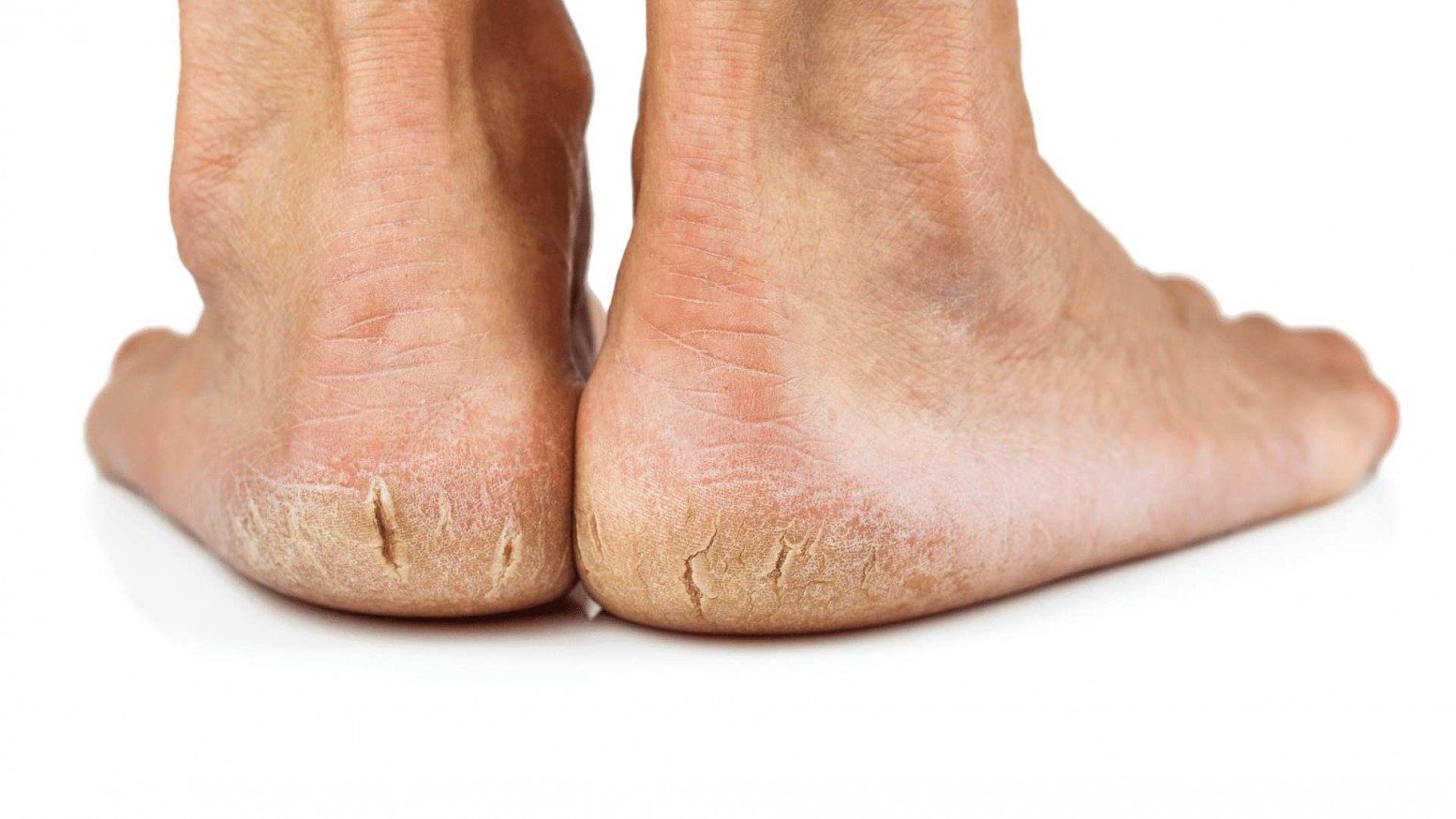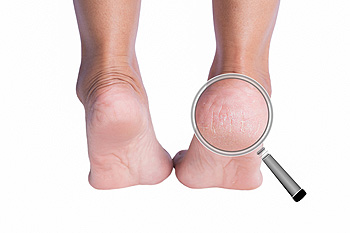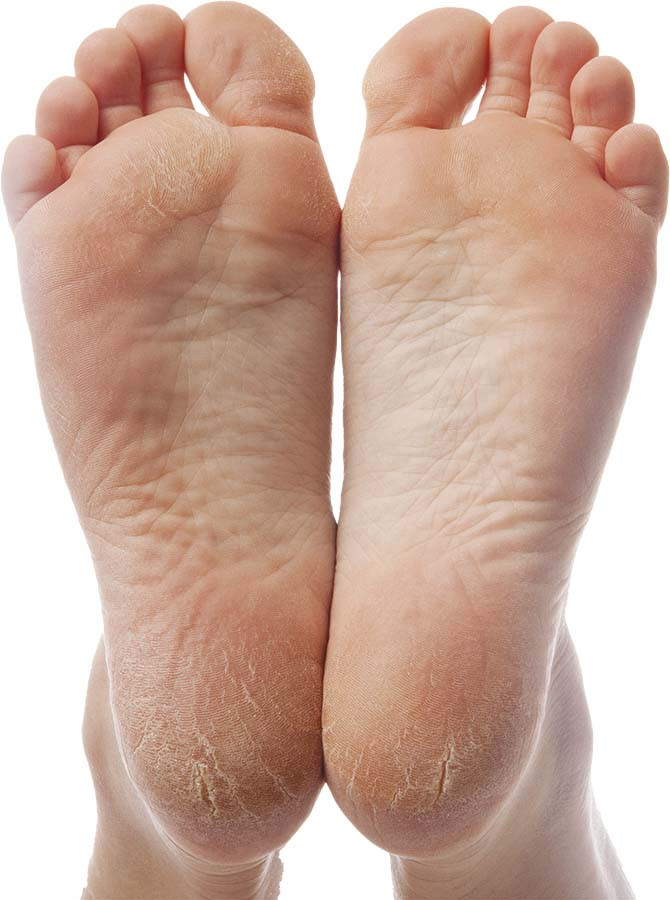Cracked Heels: The Ultimate Guide to Causes, Prevention, and Treatment
Cracked heels, a common yet often overlooked foot condition, can be more than just a cosmetic issue. They can lead to discomfort, pain, and even more severe health complications if left untreated. Understanding the what causes cracked heels is the first step toward effective prevention and treatment. This comprehensive guide will delve into the various factors that contribute to cracked heels, provide practical tips for prevention, and offer evidence-based treatment options.

What Causes Cracked Heels?
Several factors contribute to the development of cracked heels. One of the primary causes is dry skin, which can be exacerbated by environmental conditions such as low humidity and cold weather. According to dermatologists, the skin on the heels is particularly prone to drying out because it lacks the natural oils that protect other areas of the body. Additionally, standing for long periods, especially on hard surfaces, can put pressure on the heels, leading to cracks. Medical conditions like eczema, psoriasis, and fungal infections can also contribute to the problem by altering the skin’s natural barrier function.

Prevention Strategies
Preventing cracked heels involves a combination of good foot care practices and lifestyle adjustments. Regular moisturizing is crucial; using a thick, emollient-rich cream can help lock in moisture and protect the skin. Wearing appropriate footwear is also essential. Shoes with open backs, such as flip-flops, can allow the skin to expand and crack. Instead, opt for closed-back shoes that provide support and reduce friction. Dietary choices can also play a role; consuming foods rich in vitamins A, C, and E can promote healthy skin. Finally, avoiding prolonged standing and ensuring proper hydration can help maintain skin elasticity and prevent cracking.
:max_bytes(150000):strip_icc()/coping-with-dry-cracked-feet-1337642-v2-31bdcd9cec7b452b84ab626bc566c433.png)
Treatment Options
When cracked heels do develop, timely and appropriate treatment is essential to prevent complications. Mild cases can often be managed at home with regular moisturizing and gentle exfoliation. However, more severe cases may require medical intervention. Podiatrists often recommend treatments such as keratolytic agents, which help soften and remove thickened skin. In some cases, prescription-strength moisturizers or topical steroids may be necessary. For individuals with underlying medical conditions, managing these conditions is crucial for effective heel care. Surgical options, though rare, may be considered for severe, persistent cases.

Professional Care and Discounted Prices
Seeking professional care for cracked heels can make a significant difference in the speed and effectiveness of treatment. Podiatrists are trained to diagnose and treat a wide range of foot conditions, including cracked heels. They can provide personalized treatment plans that address the specific needs of each patient. Additionally, many podiatry clinics offer discounted prices for initial consultations and treatments, making professional care more accessible. For example, some clinics offer special packages that include multiple treatments at a reduced rate, providing both convenience and cost savings for patients.

In conclusion, cracked heels are a common issue that can be effectively managed with the right knowledge and care. By understanding the what causes cracked heels and implementing preventive measures, individuals can reduce their risk of developing this condition. For those who already suffer from cracked heels, timely treatment and professional care can help alleviate discomfort and prevent complications. Remember, taking care of your feet is an essential part of overall health and well-being.
